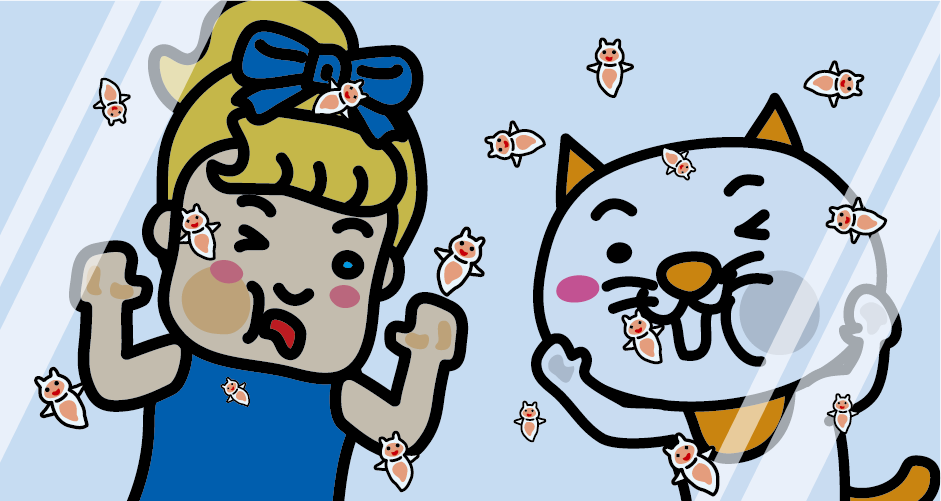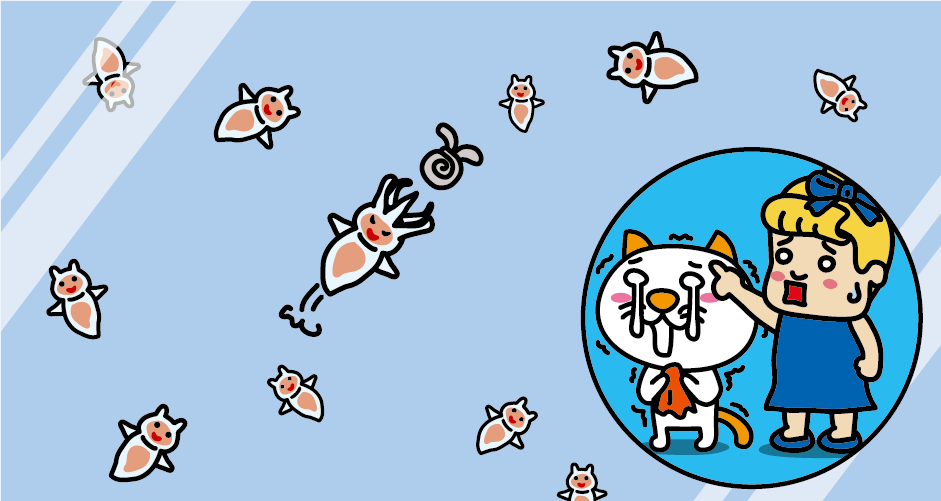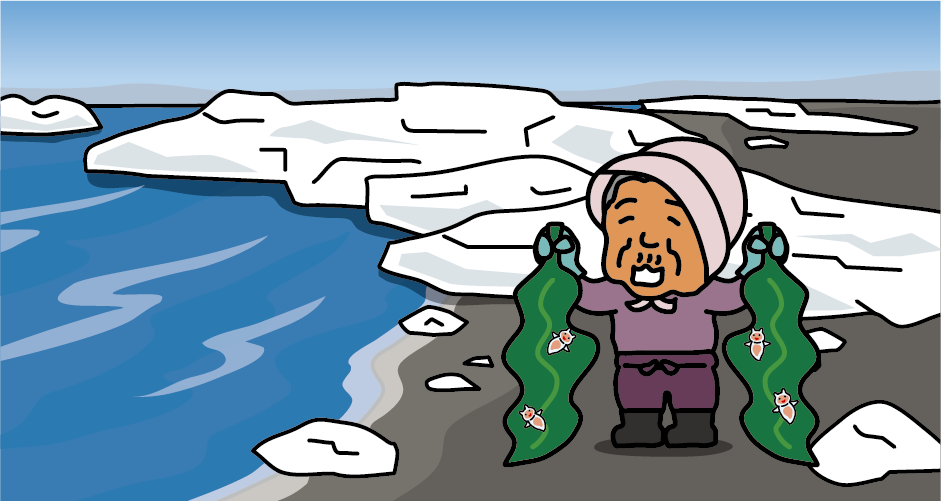The demonic predation scene of “the angel of drift ice” Clione is too scary! The head cracks wide open and the buccal cones pop out!
Drift ice is one of the winter features of the coast of the Sea of Okhotsk, in the east of Hokkaido. Clione, which is said to “come with the drift ice and leave with the drift ice,” is called “the angel of drift ice” or “the fairy of drift ice” because of its translucent body, red head and red abdomen, and its swimming motion, which looks like an angel flying with its wings fluttering.

The scientific name of Clione is “Clione limacina.” The name “Clione” is derived from “Clio,” a goddess of the sea in Greek mythology, and “limacina” means “resembling a slug” in Latin, meaning that “Clione limacina” means “goddess of the sea like a slug.” In Japan, Clione is also called “Hadaka Kamegai (meaning “naked turtle shell”)” and it is a relative of sea snail. At the time of birth, Clione has a shell, but it disappears as it grows. The suitable water temperature for growth of Clione is said to be 0°C to 5°C. The size of Clione is as small as 1 cm to 3 cm. They swim in the water by flapping their wing-like legs (pteropods) spread to left and right.

Unlike the cute appearance for “the angel of drift ice,” Clione is one of the species of carnivorous snails. When Clione finds the shellfish, Limacina helicina (also called Mijin-Uki Mai-Mai in Japan), Clione extends six tentacles called buccal cones from its head and preys on Limacina helicina. Clione only eats Limacina helicina. It is said that Clione is able to survive for about a year without eating anything, but its survival mechanism is still unclear.

Until the time of discovery, it was thought that Clione inhabits the deep sea, but in the winter of 1990, a housewife who was walking on the coast of Abashiri City, Hokkaido, contacted the Okhotsk Aquarium (closed in 2002) and claimed that she found the Clione attached to the kelp she had picked up as a side dish for the evening meal. After receiving the information, the aquarium staff went to the beach to collect Cliones. When it became clear that Clione could be collected on the beach, there was a boom in Clione harvesting. The director of the Okhotsk Aquarium at the time named it “the angel of drift ice.”

At “The Okhotsk Sea Ice Museum” in Monbetsu City, Hokkaido and the “Okhotsk Ryu-hyo Museum” in Abashiri City, you can appreciate Clione throughout the year.
Access to Okhotsk Sea Ice Museum (GIZA)
It takes about 1 hour and 45 minutes from Haneda Airport to Okhotsk Monbetsu Airport.
About 10 minutes by taxi from Okhotsk Monbetsu Airport to Okhotsk Drift Ice Science Center. Alternatively, it takes about 10 minutes by loacal bus from Okhotsk Monbetsu Airport bus stop to Okhotsk Tower Iriguchi bus stop.
It takes about 1 hour and 30 minutes from Haneda Airport to Shin-Chitose Airport. It takes about 1 hour and 50 minutes from Itami Airport to Shin-Chitose Airport.
It takes about 40 minutes from Shin-Chitose Airport to JR Sapporo Station on the Chitose Line (rapid train). It takes about 4 hours and 30 minutes from JR Sapporo Station Bus Terminal to Monbetsu Bus Terminal by highway bus (Ryuhyo Monbetsu-go). It takes about 10 minutes by local bus from Monbetsu Bus Terminal to Okhotsk Tower Iriguchi Bus Stop. Get off at Okhotsk Tower Iriguchi bus stop and walk for about 5 minutes.
It takes about 1 hour and 40 minutes from Haneda Airport to Asahikawa Airport.
It takes about 35 minutes from Asahikawa Airport to JR Asahikawa Station by airport shuttle bus. It takes about 3 hours by highway bus from JR Asahikawa Station to Monbetsu Bus Terminal. It takes about 10 minutes by local bus from t Monbetsu Bus Terminal to the Okhotsk Tower Iriguchi bus stop. Get off at Okhotsk Tower Iriguchi bus stop and walk for about 5 minutes.
